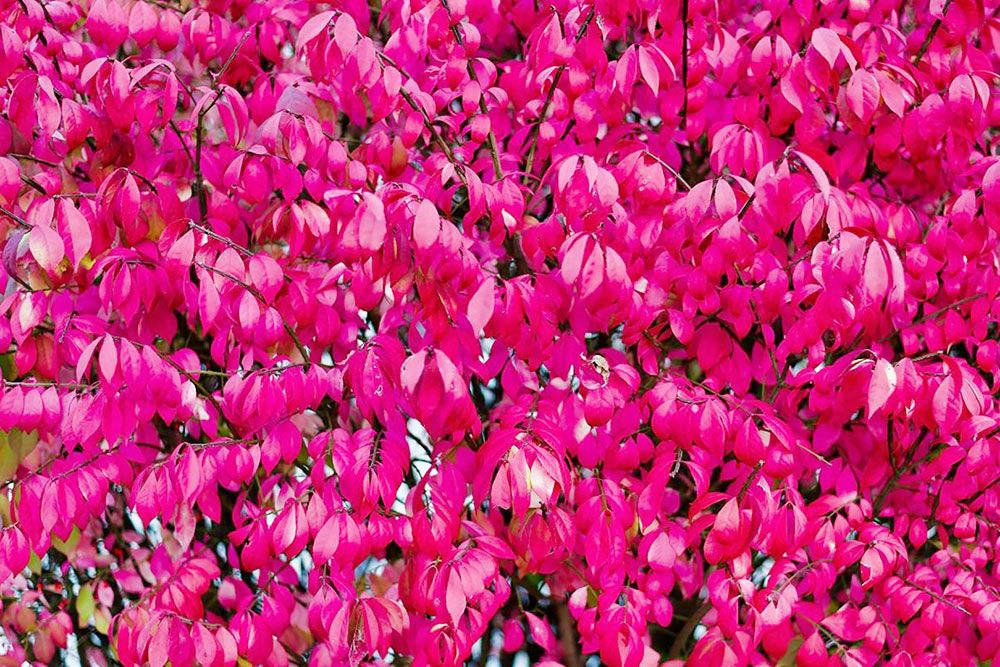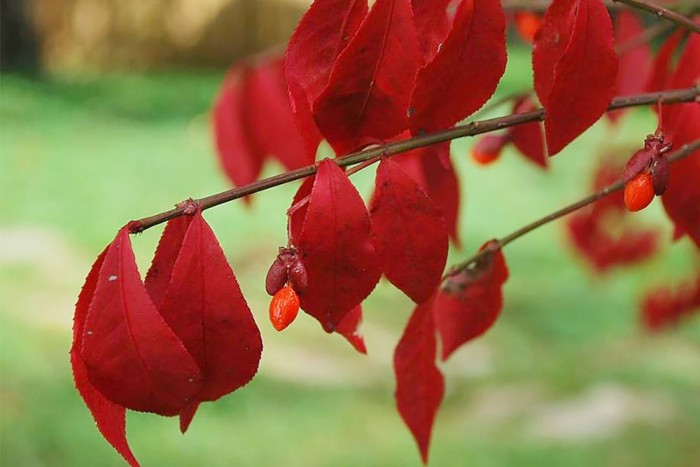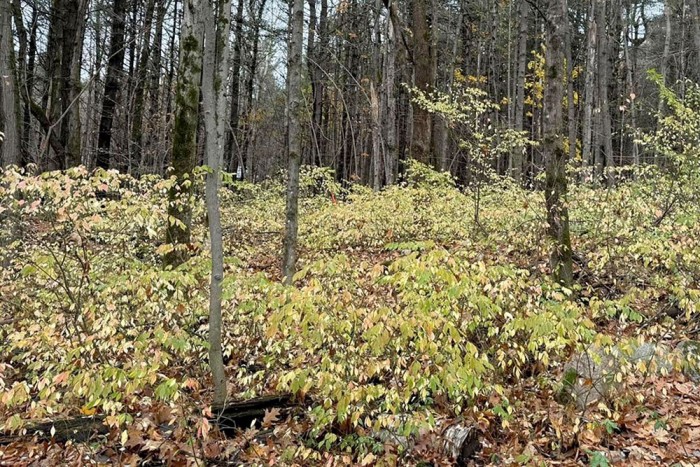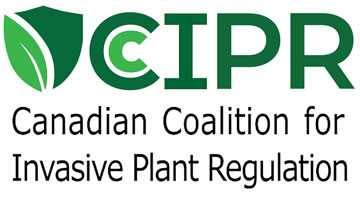Don't plant invasive Burning Bush

Protect habitat by planting native plant species and not planting invasive species like Burning Bush (Euonymus alatus)
By Helen Varekamp and Renee Sandelowsky
Renee Sandelowsky and Helen Varekamp are Bayfield residents and local volunteers. They are writing a monthly series of articles, for the Canadian Coalition for Invasive Plant Regulation, about the benefits of planting native species of plants and removing invasive species.
Many of us may have unknowingly planted invasive species in our own gardens. Some invasive species are still sold in some garden centres. As we learn more, we can begin to pull out invasive plants and replace them with native species of plants.
Invasive species include Barberry; Periwinkle; Creeping Jenny; and the invasive plant that is the focus of this month’s column: Burning Bush (Euonymus alatus).
Burning Bush, also known as winged euonymus, was introduced in North America in the 1800’s. It was grown for its attractive growth form and vibrant bright red autumn foliage. Today, it is still widely available in many garden centres.
This plant may be pretty but please don't plant this aggressive beauty.

A large number of red berries are produced, which are consumed by wildlife and deposited elsewhere. This enables this shrub to naturalize outside intended areas. This shrub is seen as an inferior source of food and habitat compared with similar-sized native shrubs.
Burning Bush thrives in a dry woodland setting, such as Pinery Provincial Park in Grand Bend. This is one of the reasons it has been found to take over from native species, even in deep shade as an understory plant in a wooded area, as the following picture illustrates.

Don't plant Burning Bush but, if you own a Burning Bush already and aren’t willing to dig it up, try to get the berries off before the birds do. Even cutting it back drastically, in autumn, means fewer berries will end up in the wrong place.
How to manage Burning Bush
Managing Burning Bush is challenging but achievable with persistence and a multi-step approach:
- Manual Removal: Small bushes can be dug out by using a shovel, bush puller or weed wrench. If berries are still present on the branches, do not put this shrub in the municipal compost!
- Smothering: Larger bushes can be cut to the ground and covered with a tarp to block sunlight.
- Herbicide Treatment: Alternately, larger bushes can be cut to the ground, followed immediately by herbicide treatment to prevent re-growth. Use herbicides only as a last resort, following local regulations to minimize environmental harm.
After removal, replant the area with regionally appropriate native plants. This step is essential to prevent reinfestation and to restore ecosystem health. Native plants will also attract pollinators and wildlife, improving biodiversity in your garden.
A good choice, as a native plant species alternative, would be Northern Spicebush – Lindera Bensoin.
Congratulations go to the Municipality of Bluewater for being the first municipality in Ontario to pass a motion urging the federal government of Canada to reduce the threats posed by invasive plant species introduced through the ornamental/horticultural trades. (To read the entire resolution, go to Bluewater Council Meeting Minutes of April 2, 2024).
Learn more and take action
Education is key to combatting invasive plants.
Learn to identify invasive species and choose native or non-invasive alternatives for your garden.
Focus on managing one or two invasive plants at a time and be patient – successful eradication takes time and persistence.
To learn more, visit:
- Ontario Invasive Plant Council
- Canadian Coalition for Invasive Plant Regulation
- Grow Me Instead Guide
Contact Ausable Bayfield Conservation
If you have an invasive species management project you would like to do, contact staff at Ausable Bayfield Conservation Authority (ABCA). There is local technical expertise available at ABCA. Funding support may also be available.
Monthly Feature: Focus on the Invasive Plant of the Month
 Canadian Coalition for Invasive Plant Regulation is introducing a new monthly column to hopefully inspire you to help the planet through gardening. To introduce the Invasive Plant of the Month column, let’s talk about some terms for you to understand.
Canadian Coalition for Invasive Plant Regulation is introducing a new monthly column to hopefully inspire you to help the planet through gardening. To introduce the Invasive Plant of the Month column, let’s talk about some terms for you to understand.
A native plant species is a species of plant that has historically existed in a specific location. Native plants have evolved over time to survive in the soil and climate of their particular ecosystem. Interestingly enough, insects, birds and wildlife have evolved together with these native species to create robust and healthy ecosystems.
A non-native species is one that has been introduced either intentionally or accidentally to an area. Many flowers, shrubs and trees in your garden may be non-native species. They may or may not be harmful to the ecosystem, but they may not support as much diversity as native plants.
Invasive plant species are those non-native plants that cause harm to the environment, our economy and human health. They crowd out native plants and/or change the chemistry of the soil, so native plants cease to grow. Invasive plant species create havoc for insects, birds and wildlife, which often cannot use invasive plants for food or shelter.
A 2008 report on invasive plant species in Canada shows that their annual impacts on agriculture, crops and forestry was approximately $7.5 billion. That doesn’t include costs to human health or the environment. And costs are rising rapidly.